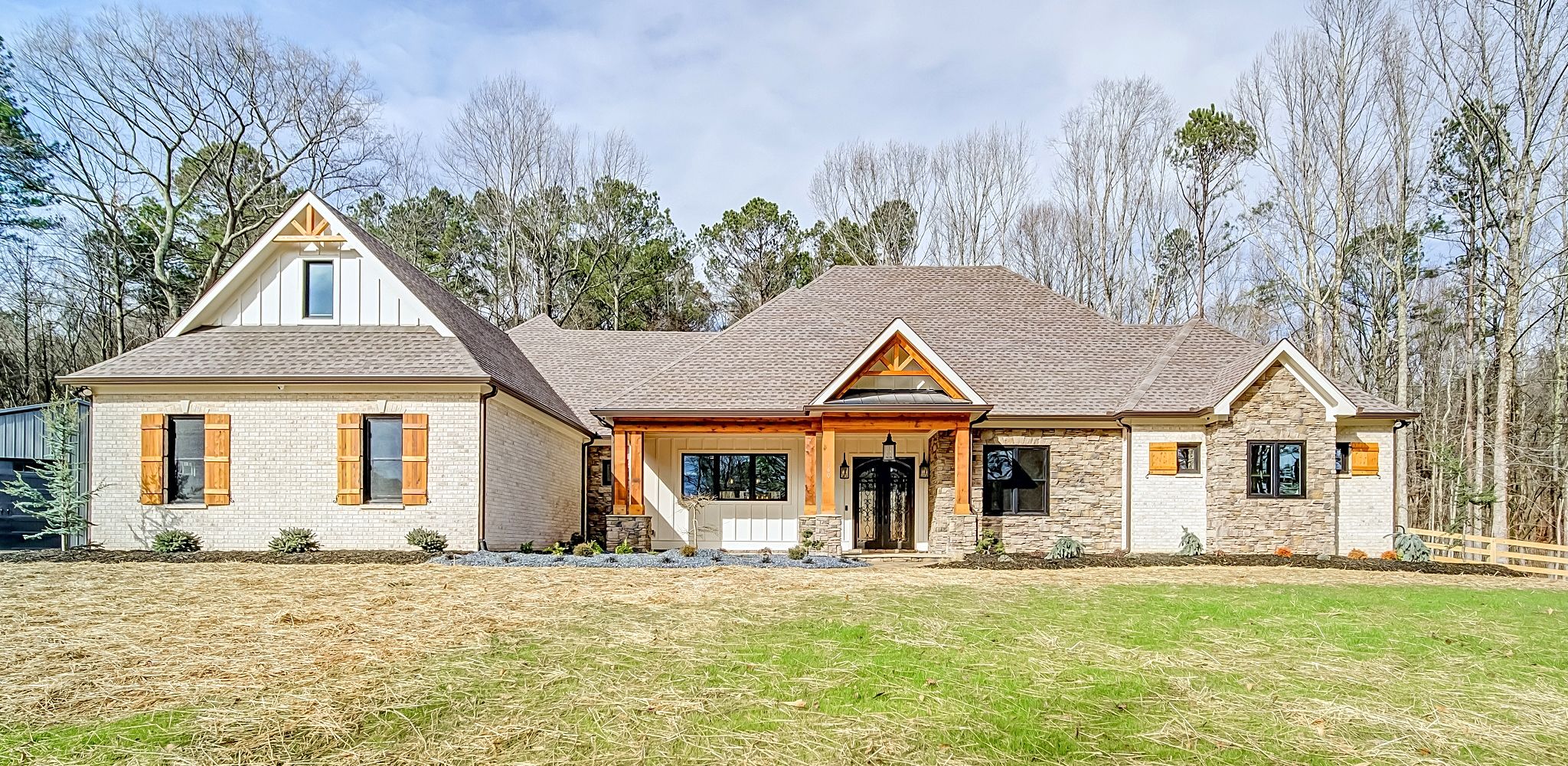Building a fresh home is an exciting journey that allows you to create a space customized to your needs and daily routine. However, the process can also be overwhelming, filled with numerous decisions and steps that demand careful consideration. Whether you're a inexperienced builder or have expertise in home construction, maintaining a comprehensive checklist can help you navigate the complexities involved and ensure that no important detail is neglected.
In this guide, we will explore all aspects from preparation and design choices to the development process and final touches. We will provide a detailed overview of each phase of building a fresh home, emphasize key factors to consider when picking materials and features, and offer insights on budgeting and financing. If you're envisioning of an sustainable residence with smart tech or weighing options between a bespoke design and a ready-made model, this checklist will act as your essential resource for making thoughtful decisions every step of the way.
Fresh House Creation Process
The fresh house building method commences with detailed planning and blueprint. It is vital to identify your needs and preferences, which will influence selections in resources, layout, and power efficiency. This stage often involves picking a layout design that matches your way of life and considering aspects like smart technology and energy-efficient design. Working with an architect can help refine these ideas into a tangible design that complies with local zoning regulations and building licensing criteria.
Once the layout is finalized, the subsequent phase is to engage a trusted house builder. Investigating potential contractors involves assessing their credentials, feedback, and expertise with projects analogous to yours. A trustworthy contractor will provide a specific timeline and communicate effectively throughout the construction process. It is crucial to determine a budget at this stage, accounting for potential hidden expenses and making sure you have the required financing options in position.
As building begins, various phases come into action, from location preparation to framing and inspections. Each stage of the construction requires thorough supervision to avoid setbacks and secure quality workmanship. Frequent communication with your builder and comprehending what to expect during each phase can help you stay informed and tackle any concerns promptly. This forward-thinking approach is crucial for a hassle-free construction procedure and ultimately leads to the positive finishing of your fresh home.
Financing and Financial Planning
One of the first steps in financing your new home construction is understanding the varieties of loans available. Construction loans are typically short-term loans that finance the costs of building, which transforms to a traditional mortgage once the home is finalized. go to this web-site to compare around and evaluate interest rates, terms, and conditions with various lenders to identify the best match for your economic situation. Consulting with a mortgage agent can also provide insights into the most advantageous financing options for your individual needs.
Budgeting for a new home construction project requires meticulous planning. Start by establishing a realistic budget that covers all costs, including land, materials, labor, permits, and utilities. It’s wise to include a contingency fund, typically around 10 to 20 percent of the entire budget, to accommodate unexpected expenses that may come up during the building process. Knowing where you can save and where it might be worth investing extra will make a significant difference in achieving your vision without overspending.
As you embark on this journey, don’t overlook the hidden costs associated with new home building. Beyond the clear expenses, think about costs such as landscaping, driveway installation, and window treatments, which can add up quickly. Thoroughly research these additional expenses to avoid surprises later. Staying organized and clear about your budget will help ensure a efficient process, allowing you to dedicate yourself to creating your dream home.
Relocating and Final Touches
As you get ready to move into your new home, it's essential to conduct a comprehensive inspection to ensure all aspects is in order. Walk through each room, inspecting for any unfinished work, such as paint touch-ups or installing appliances. Be on the lookout for signs of possible damage that may have occurred during construction, and make a note of any issues that need to be addressed before your final walkthrough. This is also the ideal time to confirm that all agreed-upon features and upgrades have been completed to your liking.
Once you have finished your inspection, it's time to concentrate on the logistics of moving in. Coordinate with your moving company and schedule for the best time to bring in your furniture and belongings. Think about creating a layout for each room to simplify the unpacking process. Don’t forget to transfer utilities to your name and set up any necessary services, such as broadband and television, ahead of time to ensure a seamless transition into your new space.
In conclusion, add your unique touch to the home with final decorations and landscaping projects that enhance exterior attractiveness. Simple changes, such as newly applied paint, modern lighting fixtures, or refreshed hardware, can make a big difference in customizing your new space. Additionally, consider outdoor elements like plants or a small garden that reflect your style. These finishing touches will help transform your house into a home, making it a place where you can build lasting memories.

